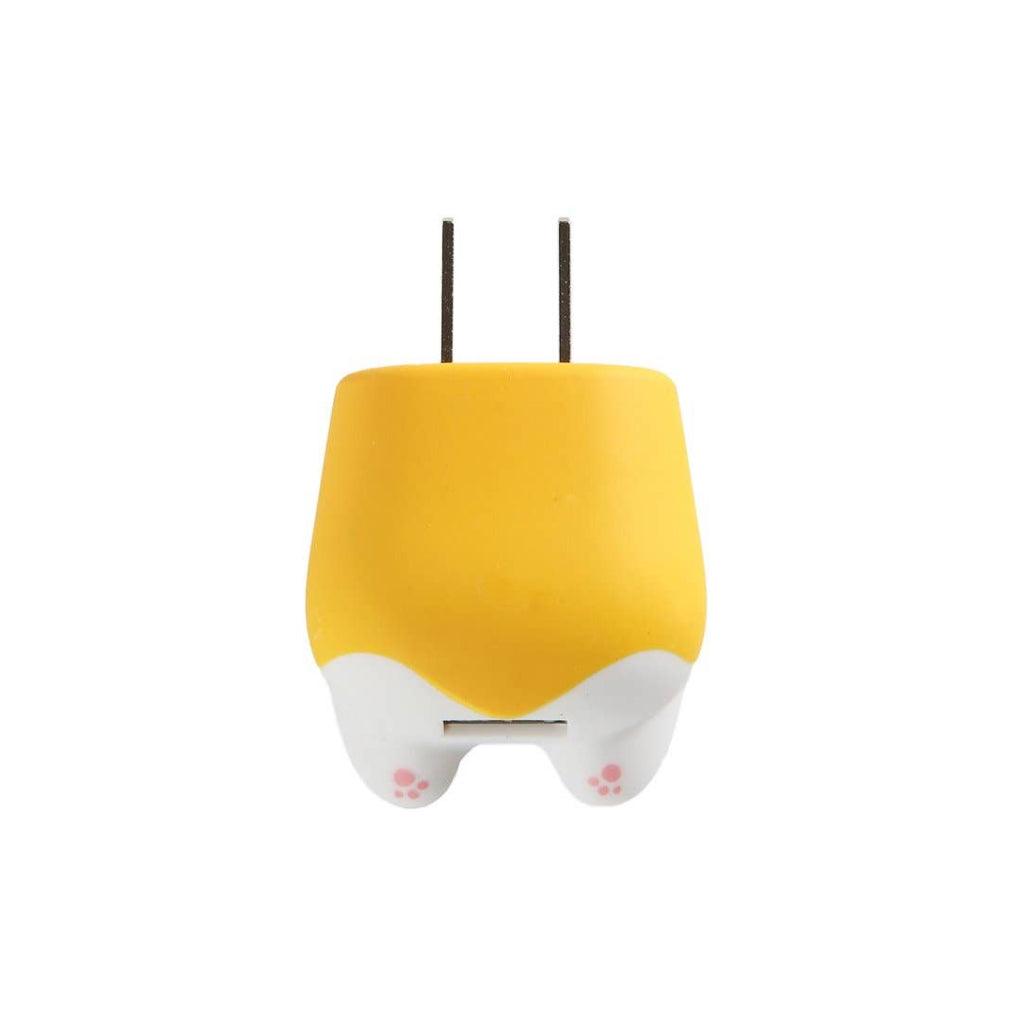From Breezy Bliss to Energy Savings: Unveiling the Benefits of Fans
Introduction:
Welcome to our ultimate guide to fans! If you're looking to beat the heat and stay comfortable, you've come to the right place. In this comprehensive article, we'll explore everything you need to know about fans, from their different types and features to their benefits and maintenance. Let's dive in and discover the perfect fan for your needs!
The Benefits of Fans for Cooling and Comfort
Fans offer a range of benefits that go beyond just cooling the air. Here are some reasons why fans are a must-have for every home:
- Efficient Cooling: Fans create a refreshing breeze that helps cool down your body by accelerating the evaporation of sweat, making you feel more comfortable in hot weather.
- Energy Savings: Compared to air conditioners, fans consume significantly less energy, leading to reduced electricity bills and a more environmentally friendly cooling solution.
- Improved Air Circulation: Fans promote better air circulation, preventing stuffiness and stale air in your living spaces. This helps eliminate odors, allergens, and pollutants, leading to fresher and healthier indoor air quality.
- Versatility and Portability: Fans come in various types, sizes, and designs to suit different needs and preferences. Whether you need a fan for your bedroom, living room, or outdoor space, there's a perfect option for you.
Different Types of Fans to Meet Your Cooling Needs

Ceiling Fans:
- Ceiling fans are a classic and popular choice for cooling larger spaces. They provide excellent air circulation and come in a variety of styles to match your decor. Ceiling fans also help distribute warm air during colder months, making them a versatile option.
Tower Fans:
- Tower fans are sleek, compact, and ideal for cooling smaller rooms. They feature a tall and slim design that fits well in tight spaces. With their oscillating feature, tower fans can effectively cool a larger area while taking up minimal floor space.
Pedestal Fans:
- Pedestal fans offer the flexibility of adjustable height and tilt, allowing you to direct the airflow exactly where you need it. They are great for bedrooms, living rooms, or home offices, as they can cover a wider area and provide a refreshing breeze.
Desk Fans:
- Desk fans are perfect for personal cooling. They are compact, portable, and can be placed on your desk, bedside table, or any other surface where you need a direct cooling effect. Desk fans are also ideal for workspaces, helping you stay focused and comfortable.
Wall-Mounted Fans:
- Wall-mounted fans are an excellent space-saving solution, especially for kitchens, garages, and workshops. They can be mounted on walls, freeing up valuable floor or desk space. Wall-mounted fans provide targeted airflow and are often adjustable for optimal cooling.
Factors to Consider When Choosing the Right Fan
To find the perfect fan for your needs, consider the following factors:
- Room Size: Choose a fan that suits the size of the room. Larger rooms may require a ceiling fan or a high-powered tower fan, while smaller spaces can be effectively cooled with desk or pedestal fans.
- Noise Level: If you're sensitive to noise, look for fans with lower decibel (dB) ratings or whisper-quiet operation. This ensures that you can enjoy a peaceful and undisturbed environment.
- Speed and Oscillation Settings: Fans with multiple speed settings allow you to customize the airflow according to your preference. Additionally, fans with oscillation features distribute air more evenly throughout the room.
- Energy Efficiency: Opt for fans with an energy-efficient design. Look for models with Energy Star certification or energy-saving features that help you reduce electricity consumption without compromising on performance.
- Additional Features: Some fans come with convenient features like remote controls, timers, sleep modes, or air ionizers. Consider these features based on your specific needs and preferences.
Maintaining Your Fan for Optimal Performance
To ensure that your fan continues to operate efficiently, follow these maintenance tips:
- Regular Cleaning: Dust and debris can accumulate on fan blades, reducing their effectiveness. Clean your fan regularly by wiping the blades with a damp cloth or using a vacuum with a brush attachment. This helps maintain optimal airflow and prevents dust from circulating in the room.
- Lubrication: If your fan has moving parts, such as a ceiling fan, lubricate them as recommended by the manufacturer. This helps reduce friction and ensures smooth and quiet operation.
- Check Stability: Periodically check the stability of your fan. Tighten any loose screws or connections, and ensure that the fan is securely mounted or placed on a stable surface. This prevents accidents and maintains proper functionality.
- Replace Filters (If Applicable): If your fan includes an air purifier or filtration system, follow the manufacturer's instructions for cleaning or replacing the filters. This ensures that the fan continues to provide clean and fresh air.
Exploring Fan Features for Enhanced Cooling Experience

Fans offer more than just basic cooling. Let's explore some additional features that can enhance your cooling experience:
- Remote Controls: Many modern fans come with remote controls, allowing you to conveniently adjust settings without getting up from your seat. With the touch of a button, you can change fan speed, activate oscillation, set timers, and even control other features like built-in lighting. Remote controls offer added convenience, especially when you're relaxing or want to make adjustments from a distance.
- Timer Functionality: Timer functionality is a valuable feature for fans, as it allows you to set the fan to automatically turn on or off at specified intervals. This feature is particularly useful when you want the fan to run for a certain duration while you sleep or when you want to return to a cool and comfortable space after being away for some time. It also helps conserve energy by preventing the fan from running unnecessarily.
- Sleep Mode: For a peaceful night's sleep, consider fans with a sleep mode feature. Sleep mode gradually reduces fan speed and noise level over time, creating a quieter and more soothing environment as you drift off to sleep. This feature ensures a comfortable sleeping experience without interruption.
- Air Ionizers: Some fans are equipped with air ionizers that release negative ions into the air. These negative ions help neutralize and reduce the presence of dust, allergens, and pollutants, contributing to cleaner and fresher indoor air quality. Fans with air ionizers are especially beneficial for individuals with respiratory sensitivities or allergies.
- Smart Fan Technology: Advancements in technology have introduced smart fans that can be controlled through smartphone apps or voice commands. These fans integrate with home automation systems and voice assistants, allowing you to adjust fan settings using your smartphone or voice commands. Smart fans offer convenience and flexibility, allowing you to control your fan from anywhere in your home.
Stylish Fan Designs to Complement Your Space
Fans are not just functional; they can also be stylish additions to your living spaces. Here are some fan designs that can complement your decor:
- Modern and Sleek Designs: Modern fans often feature sleek, minimalistic designs that blend seamlessly with contemporary decor styles. These fans come in various finishes like brushed nickel, matte black, or white, offering a sophisticated and stylish look.
- Retro and Vintage-Inspired Designs: For those who prefer a touch of nostalgia, retro and vintage-inspired fans add charm and character to any space. These fans often feature unique blade designs, bold colors, and intricate details that harken back to a bygone era.
- Decorative Fan Blades: Fans with decorative blades can be statement pieces in your room. These blades may feature intricate patterns, artistic designs, or even natural motifs like palmleaves or bamboo. Decorative fan blades offer a blend of functionality and aesthetics, adding visual interest to your space.
Exploring Fan Placement for Optimal Cooling
Where you place your fan can greatly impact its cooling effectiveness. Here are some tips for optimal fan placement:
- Ceiling Fans: Placement and Blade Direction: When installing a ceiling fan, make sure it is positioned in the center of the room for maximum airflow distribution. The fan blades should be at least 18 inches away from any walls or obstructions. Additionally, consider the direction of the fan's rotation for different seasons. In the summer, set the fan to rotate counterclockwise to create a cooling breeze. In the winter, switch the rotation to clockwise to circulate warm air from the ceiling down into the room.
- Tower Fans and Pedestal Fans: Strategic Placement: For tower fans and pedestal fans, strategic placement can maximize their cooling effect. Position the fan near windows or doorways to draw in fresh outdoor air. Placing the fan near a corner or in a spot where it can oscillate helps distribute the airflow more evenly throughout the room. Experiment with different angles and heights to find the most effective placement for your specific space.
- Desk Fans and Wall-Mounted Fans: Targeted Cooling: Desk fans and wall-mounted fans are ideal for providing targeted cooling in specific areas. Place a desk fan on your desk or bedside table to provide a direct breeze while you work or sleep. When using a wall-mounted fan, position it to blow across the room or towards a specific area that needs cooling, such as a kitchen counter or workspace.
Going Beyond Cooling: Fans for All Seasons
Fans can be useful beyond the summer months. Here are some ways you can utilize fans for year-round comfort:
- Air Circulation in Winter: During the winter, when central heating systems may cause stagnant air, fans can help improve air circulation. Set your fan to its lowest speed and reverse the blade direction to clockwise. This will gently push warm air from the ceiling down towards the floor, distributing heat more evenly throughout the room and reducing the need to rely solely on heating systems.
- Outdoor Cooling: Fans can also provide relief during outdoor gatherings or hot summer days. Consider using portable fans or misting fans to create a refreshing breeze on your patio, deck, or outdoor seating area. These fans can help cool down the space and make outdoor activities more enjoyable, even in high temperatures.
Safety Considerations and Fan Usage Tips
While fans are generally safe to use, it's important to keep a few safety considerations in mind:
- Proper Distance and Child Safety: Ensure that fans are placed out of reach of children to prevent accidents. It's recommended to keep fans at least 3 feet away from cribs, beds, or other areas where infants or young children may access them. Additionally, avoid placing fans near loose or hanging objects that can get entangled in the blades.
- Regular Maintenance and Cleaning: To maintain optimal performance and safety, regularly clean and maintain your fans. Dust accumulation can affect their efficiency and increase the risk of overheating. Refer to the manufacturer's instructions for cleaning and maintenance guidelines specific to your fan model.
Conclusion
Fans are versatile and efficient cooling solutions that offer numerous benefits for year-round comfort. Whether you choose a ceiling fan, tower fan, pedestal fan, desk fan, or wall-mounted fan, proper placement and maintenance are essential for optimal cooling and safety.
Explore the different types of fans available, consider their features, and choose a fan design that complements your space. Remember to prioritize safety by keeping fans out of reach of children and performing regular cleaning and maintenance.
With the right fan and proper usage, you can stay cool, comfortable and enjoy a refreshing breeze in any season. Beat the heat, improve air circulation, and create a more comfortable living environment with the power of fans.







